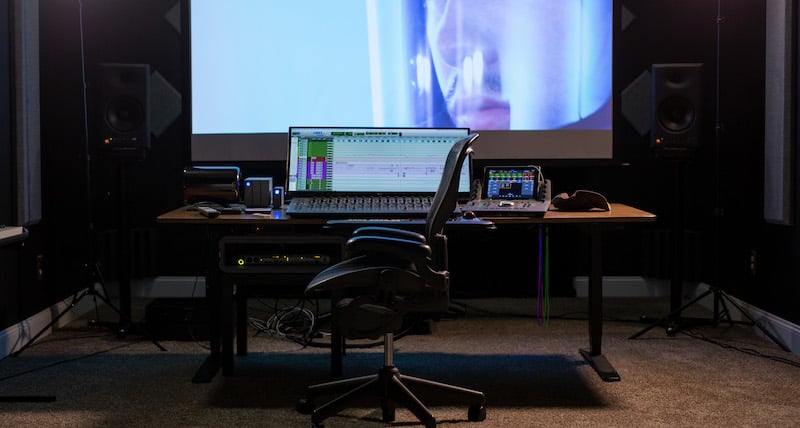Feeling stuck? Follow these guidelines for inspiration when the creative juices aren't flowing.
As sound editors, we're constantly creating new material and trying to design sounds that stand out. But as in any creative field, we can find ourselves against a wall, unable to figure out a way to overcome this obstacle, feeling like we're stuck. Here are a few tips that can help you move forward and break the blocks.
1. Take breaks
This is always the first step I take when I'm in a creative block. Since we're in front of a computer for long periods of time, our brains get tired and everything we create starts looking the same. Taking a little break might just be the solution for you to know what you need to do moving forward.
By taking a break, I don't only mean looking away from the screen for a few minutes, but standing up and going to another environment. This might help your brain not only rest, but to think about something else for a bit and then, when you're back, you've been freshened up and will start looking at your editorial differently.
2. Go to another section of your project and come back
When we're struggling to figure out the correct design for a specific element of our project, sometimes we end up in a whirlwind of doubts and nothing we create is satisfying. Some good advice is to stop and go to another section of the project that is completely different to the one you were stuck on. Maybe do some of the pretty straight-forward sound elements in your project and spend a bit of time there. When it’s all starting to make sense again, go back to that section that you were struggling with, now with a fresh perspective.

3. Search random sound effects in your sound library
Playing random sounds from your sound effects library can help your creative process. One way to do this is to click around randomly through your library. This will of course take some time, but try to do it “blindly" and to not actually read through the metadata, so you can find something unexpected. Sometimes, all it takes is part of a sound to bring inspiration for you to create something new. Another way to go is to use the randomize feature on your search engine. Search library management software from Pro Sound Effects has a Randomizer button that makes this process much easier. This way, if you feel stuck, you can just click on it and it will give you new results that your searches weren't getting you.

4. Ask for advice and opinions
Sound editorial is a collaborative process, whether you're working with an entire team for the different sound editorial sections, just by yourself and a mixer — even if it's a small project and you’re working by yourself, you still have to collaborate with the director. Don't be afraid of asking for advice or opinions from your peers. Since you've been working with the project from the beginning and know every aspect of it, your ears and mind can get saturated and tired. Having somebody listen to it fresh is going to broaden your creativity and even spark ideas that you would have never thought of by yourself.

5. Watch people's work you enjoy and deconstruct it
A good way to break that creative block is to watch people's work you enjoy, or that has inspired you in the past. Scenes of a movie you can refer to sonically, or scenes that the director used as reference for the project you're working on, can help you find ideas. Deconstructing the sounds they created can help you to discover a way to create your own. This is a good excuse to take a break from your actual session and get inspired.
6. Reference sound design blogs and videos
Another place I usually go to for inspiration are sound design blogs and videos. These are super helpful, not only to find new ideas and understand other sound editors’ processes, but also to keep up-to-date in the industry. Hearing the process of how sound editors created some iconic sounds or reading what they struggled with and how they overcame it helps me a lot. You can read through the Pro Sound Effects blog and other sound design sites to get inspired or find new approaches to sounds.
7. Make mistakes
This may sound weird as a tip for overcoming creative blocks, but I think it's important. To find the right sound, you have to go make mistakes, so don't be afraid of failing. The important thing is overcoming those mistakes and not getting stuck on one. If you're trying every single way to make a sound or a build work, but somehow it just doesn't, maybe it's time to let it go and try a different approach. Creating sounds is about that: trying and failing, then trying again. Also, don't be afraid of showing something to the director or a peer and having them not like it. As I said in a previous point, collaboration is key to sound editing. By discovering you’re going in the wrong direction, you can finally move on from it and continue on a fruitful creative process.

 Natalia Saavedra Brychcy is a Los Angeles based freelance sound designer. For over 4 years, she has been working on a wide array of projects for television and film, from all over the world.
Natalia Saavedra Brychcy is a Los Angeles based freelance sound designer. For over 4 years, she has been working on a wide array of projects for television and film, from all over the world.













